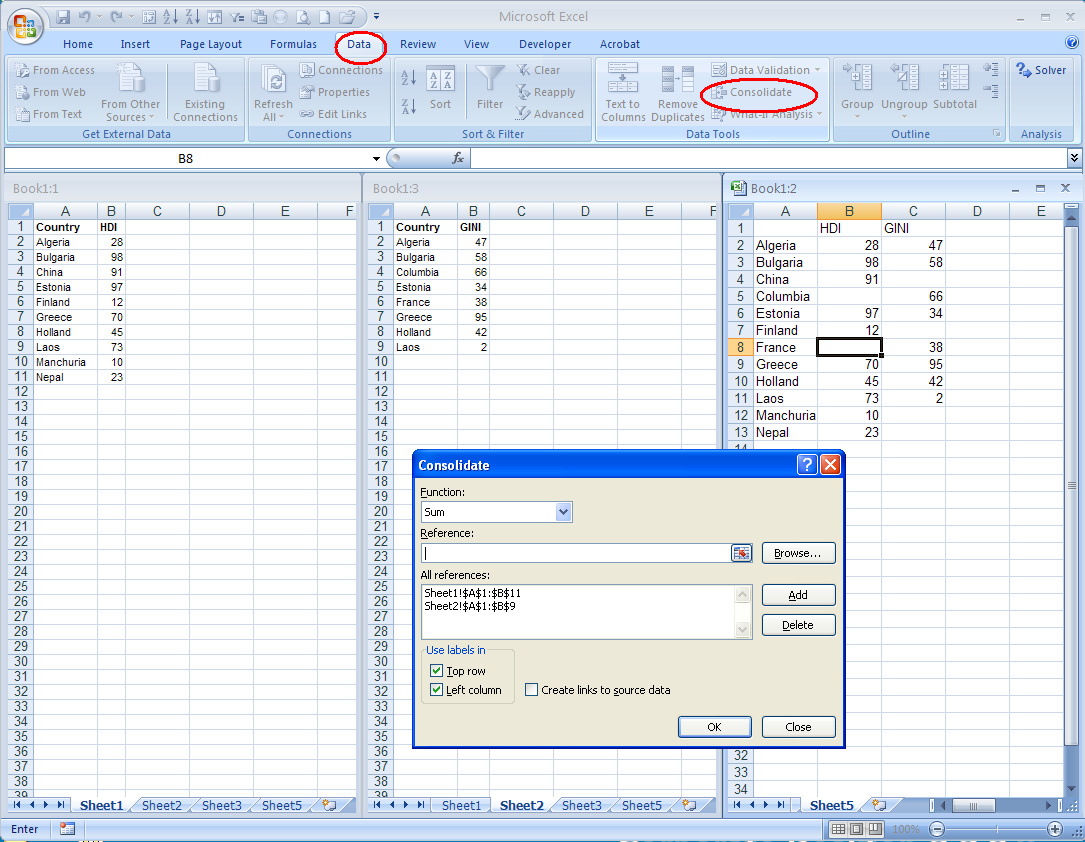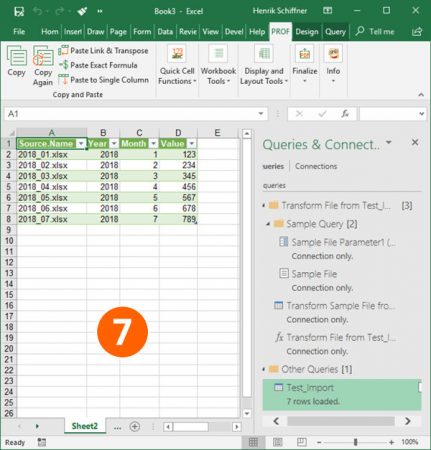Merge Excel Tabs into One Sheet: Simple Guide

When working with large datasets in Microsoft Excel, it's not uncommon to find yourself juggling multiple tabs, each holding different segments of your data. Whether it's consolidating monthly sales reports, combining quarterly financial data, or simply merging contact lists, knowing how to merge Excel tabs into one sheet is an essential skill for efficient data management. This guide will walk you through a simple yet effective method to combine your data without the hassle.
The Basics of Merging Excel Tabs

Before diving into the methods, it’s important to understand the why and how:
- Why Merge Sheets? Consolidation of data into one tab helps in simplifying analysis, reduces the likelihood of missing data, and makes reporting much easier.
- Data Structure: Ensure all tabs you intend to merge have the same structure. This means they should have identical headers, and ideally, the same data types in each column.

Step-by-Step Guide to Merging Tabs

Here’s how to merge your Excel tabs:
Using Copy and Paste

- Navigate to Your Excel Workbook: Open the workbook containing the tabs you want to merge.
- Select Data from the First Tab: Click on the tab you want to start with, then select the entire range of data. Press Ctrl+A to select all if you want the entire sheet’s data.
- Copy the Data: Right-click or press Ctrl+C to copy.
- Create a New Sheet: Either insert a new tab by right-clicking at the bottom of the Excel interface or use an existing empty tab.
- Paste Data: Click on the new tab, then press Ctrl+V or right-click and choose “Paste” to paste the data.
- Repeat for Other Tabs: Go back to your workbook, select data from the next tab, and paste it below the existing data in the new sheet. Continue this process for all tabs.
🌟 Note: Ensure that your headers are not duplicated for each tab you copy over. You might need to remove the header rows after the first tab’s data.
Using Excel Functions

If you’re dealing with a bit more complexity or want to automate the process, Excel functions can be your ally:
- Power Query: For Excel versions 2010 and later, Power Query is a powerful tool for data transformation. Here’s how to use it:
- Go to the ‘Data’ tab and select ‘Get Data’ > ‘From Other Sources’ > ‘From Microsoft Query’.
- In the ‘Choose Data Source’ dialog box, select ‘Excel Files’.
- Select your workbook, then choose all the tabs you want to combine.
- Power Query will prompt you to choose how to merge the data. Opt for ‘Append Queries’ or ‘Merge Queries’.
- After combining, load the data into a new sheet.
- Excel VBA: For users comfortable with coding, VBA offers advanced merging options.
Sub MergeDataFromTabs() Dim ws As Worksheet Dim wsMaster As Worksheet Set wsMaster = Sheets.Add wsMaster.Name = “MasterData”For Each ws In ThisWorkbook.Worksheets If ws.Name <> wsMaster.Name Then ws.UsedRange.Copy Destination:=wsMaster.Range("A" & wsMaster.Rows.Count).End(xlUp).Offset(1) End If Next ws End Sub </code> </pre>
💡 Note: Be cautious with VBA as it can delete or modify data if not used correctly.
Tips for Successful Merging

- Backup Your Data: Before any merging, create a backup of your workbook to prevent data loss.
- Data Validation: After merging, validate your data to ensure no information was lost or misplaced.
- Use Named Ranges: If you’re frequently merging specific ranges from different sheets, consider using named ranges to simplify the process.
- Consistency: Keep data entry consistent across all tabs to avoid mismatches when merging.
In conclusion, merging Excel tabs into one sheet streamlines your workflow, enhances data analysis, and prevents data from being scattered across multiple locations. Whether you prefer the manual method of copy-pasting, leveraging Excel's built-in functions like Power Query, or using VBA for automation, there's a solution that fits every skill level. Always remember to validate your data post-merge and keep backups to ensure a smooth transition. Understanding these techniques not only saves time but also prepares you for effective data management in Excel, a skill invaluable in today's data-driven world.
Can I merge Excel tabs with different data formats?

+
Merging tabs with different data formats can be challenging. It’s advisable to standardize the formats beforehand or handle the data separately for consistency.
What if I accidentally merge tabs incorrectly?

+
Always keep backups of your data. If you merge incorrectly, you can restore from a backup or use the Undo feature (Ctrl+Z) immediately after the merge to correct your mistake.
Is there a way to automate this process for regular use?

+
Yes, using VBA or Power Query in Excel allows you to automate merging processes, making it efficient for regular tasks like monthly or quarterly data consolidation.